Our board of directors believes that the compensation of our named executive officers is appropriate and recommends a vote “FOR” the following advisory resolution, which will be submitted for a stockholder vote at the annual meeting:
“RESOLVED, that the stockholders approve, on an advisory basis, the compensation of the Company’s named executive officers, as disclosed pursuant to the compensation disclosure rules of the SEC, including the Compensation Discussion and Analysis, the compensation tables, narrative discussion and related matters.”
You may vote “for” or “against” the foregoing resolution, or you may “abstain.” This vote is not intended to address any specific item of compensation, but rather the overall compensation of our named executive officers and the philosophy, policies, and procedures described in this proxy statement.
While the advisory vote isnon-binding, the compensation committee and our board of directors will review the results of the vote and take the concerns of our stockholders into account in future determinations concerning our executive compensation program. Our board of directors therefore recommends that you indicate your support for the compensation policies and procedures for our named executive officers, as outlined in the above resolution.
PROPOSAL THREE —
ADVISORY VOTE ON THE FREQUENCY OF FUTURE ADVISORY VOTES
ON NAMED EXECUTIVE OFFICER COMPENSATION
In addition to providing our stockholders with the opportunity to cast an advisory vote on named executive officer compensation, we are also seeking an advisory,non-binding vote on how frequently the advisory vote on named executive officer compensation should be presented to stockholders, as required by SEC rules. Stockholders may vote to have the advisory vote on named executive compensation held every year, every two years, or every three years, or stockholders may abstain from voting on this proposal. Accordingly, the following resolution will be submitted for a stockholder vote at the annual meeting:
“RESOLVED, that the stockholders wish the Company to include an advisory vote on the compensation of the named executive officers every one, two, or three years, whichever receives the highest number of votes cast with respect to this resolution.”
After careful consideration of this proposal, our board of directors recommends that you vote to select a frequency of ONE year, or an annual vote, to hold an advisory vote on the compensation of our named executive officers.
Our board of directors has determined that holding an advisory vote on the compensation of our named executive officers every year is the best approach for us. An annual vote on executive compensation will allow our stockholders to provide input as the compensation committee reviews our compensation philosophy, policies and practices. Even though our executive compensation program is designed to support long-term value creation, our compensation committee reviews the compensation program every year. An annual stockholder vote allows our stockholders to provide us with direct and immediate feedback regarding the compensation program, and enables our compensation committee to evaluate any changes in stockholder sentiment as it conducts its regular compensation review.
We recognize that stockholders may have different views as to the best approach for our Company, and therefore we look forward to hearing from our stockholders as to their preferences on the frequency of future advisory votes on executive compensation.
While the advisory vote isnon-binding, our board of directors will review the results of the vote and consider our stockholders’ concerns when determining how often to include aSay-on-Pay proposal in our proxy materials. We currently intend to provide aSay-on-Pay proposal every year.
TTM TECHNOLOGIES, INC. 51
PROPOSAL FOUR —
RATIFICATION OF APPOINTMENT OF
INDEPENDENT REGISTERED PUBLIC ACCOUNTING FIRM
Current independent registered public accounting firm
We have appointed KPMG LLP to serve as our independent registered public accounting firm for the fiscal year ending January 1, 2018December 30, 2019 and recommend that stockholders vote in favor of the ratification of such appointment. In the event of a negative vote on such ratification, our board of directors will reconsider its selection. We anticipate that representatives of KPMG LLP will attend the annual meeting, will have the opportunity to make a statement if they desire, and will be available to respond to appropriate questions.
Audit Fees
The following is a summary of fees, all of which were approved by our audit committee, for audit and other professional services performed by KPMG LLP during the fiscal years ended December 31, 2018 and January 2, 2017 and December 28, 2015:1, 2018:
| | | | 2016 | | | 2015 | | | 2018 | | | 2017 | | | |
Audit fees | | $ | 3,692,000 | | | $ | 4,059,700 | | | $ | 4,216,150 | | | $ | 3,995,000 | | | |
Audit-related fees | | $ | — | | | $ | — | | | | -- | | | $ | -- | | | |
Tax fees | | $ | 148,000 | | | $ | 190,000 | | | $ | 412,500 | | | $ | 819,000 | | | |
All other fees | | $ | — | | | $ | 2,550 | | | $ | 550,000 | | | $ | 67,000 | | | |
| | | | | | | | | | | | | | |
Total | | $ | 3,840,000 | | | $ | 4,252,250 | | | $ | 5,178,650 | | | $ | 4,881,000 | | | |
“Audit fees” include fees paid for the audits of our annualconsolidated financial statements including fees for services performed related to opening balance sheet audit procedures in conjunction with the acquisition of Viasystems Group, Inc. in 2015, and of internal control over financial reporting included in theour Annual Report on Form10-K, selected statutory audits, and reviews of interim financial statements included in Form10-Q.
“Tax fees” includes fees paid for assistance provided with respect to tax matters associated with research and development, transaction coststransfer price studies and expatriate matters.federal and state returns.
“All other fees” includes fees paid for the usagepreliminary review of accounting research software.our implementation of enterprise resource planning system in 2017 and the Company’s business development activities in 2018.
Pre-Approval Policy for Independent Registered Public Accounting Firm’s Fees
In 2003, our audit committee adopted a formal policy concerningpre-approval of all services to be provided by our independent registered public accounting firm. The policy requires that all proposed services to be provided by our independent registered public accounting firm must bepre-approved by our audit committee before any services are



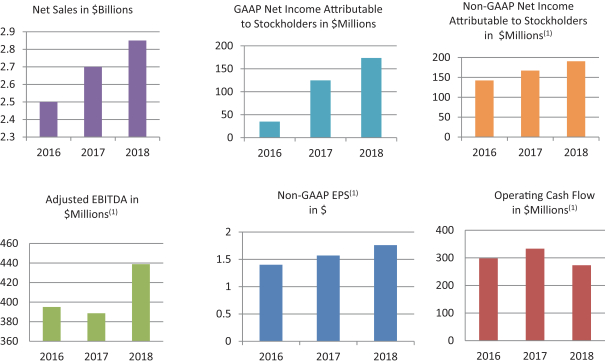

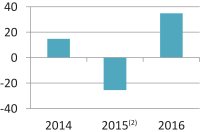
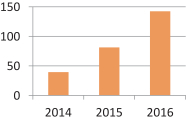


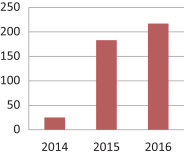
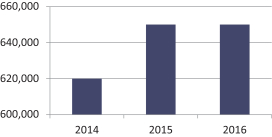
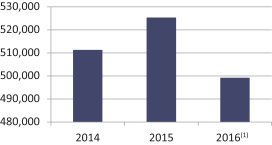

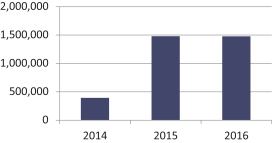
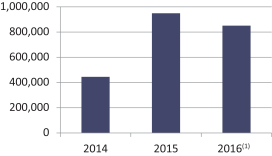

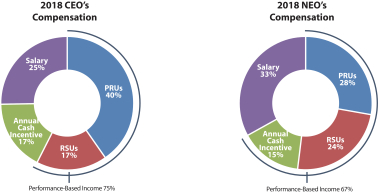

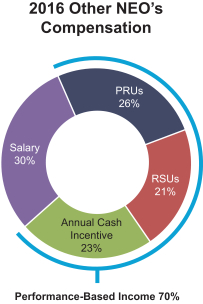

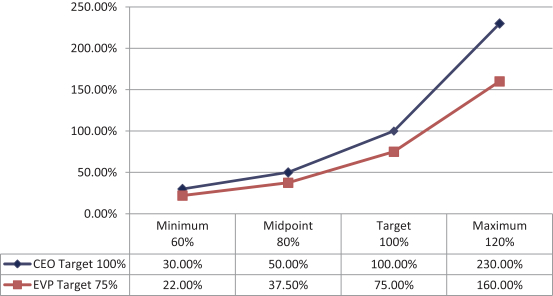

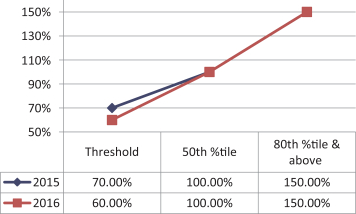
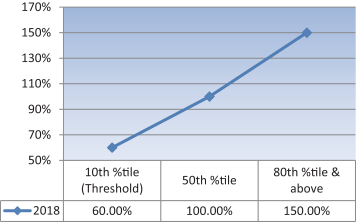
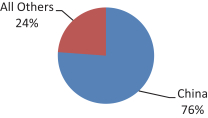


 Please detach along perforated line and mail in the envelope providedIF you are not voting via the
Please detach along perforated line and mail in the envelope providedIF you are not voting via the  Thomas T. Edman
Thomas T. Edman